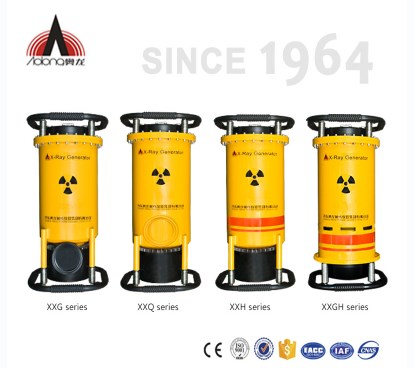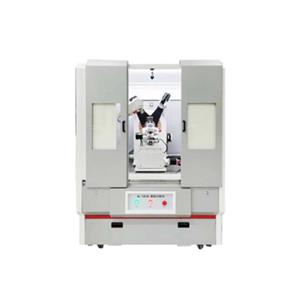The principle of X-ray diffractometer
The wavelength of X-rays is similar to the distance between the atomic planes inside the crystal, and the crystal can serve as a spatial diffraction grating for X-rays. When a beam of X-rays is irradiated on an object, it is scattered by the atoms in the object, and each atom generates scattering waves. These waves interfere with each other, resulting in diffraction. The superposition of diffraction waves results in an increase in the intensity of the rays in certain directions and a decrease in other directions. By analyzing the diffraction results, the crystal structure can be obtained. The above is an important scientific prediction proposed by German physicist M. von Laue in 1912, which was immediately confirmed by experiments. In 1913, British physicists W.H. Bragg and W.L. Bragg, based on Laue's discovery, not only successfully measured the crystal structures of NaCl, KCl, etc., but also proposed the famous formula as the basis of crystal diffraction - the Bragg equation: 2dsin θ= N λ。

For crystal materials, when the tested crystal is at a different angle from the incident beam, those crystal planes that meet Bragg diffraction will be detected, reflected in the XRD pattern as diffraction peaks with different diffraction intensities. For amorphous materials, because there is no long-range order of atomic arrangement in the crystal structure, but there is short-range order within a few atomic ranges, the XRD spectrum of amorphous materials is some diffuse scattering Mantou peaks.

X-ray diffractometer utilizes the principle of diffraction to accurately determine the crystal structure, texture, and stress of substances, and accurately perform phase analysis, qualitative analysis, and quantitative analysis. Widely used in fields such as metallurgy, petroleum, chemical engineering, scientific research, aerospace, teaching, material production, etc。




